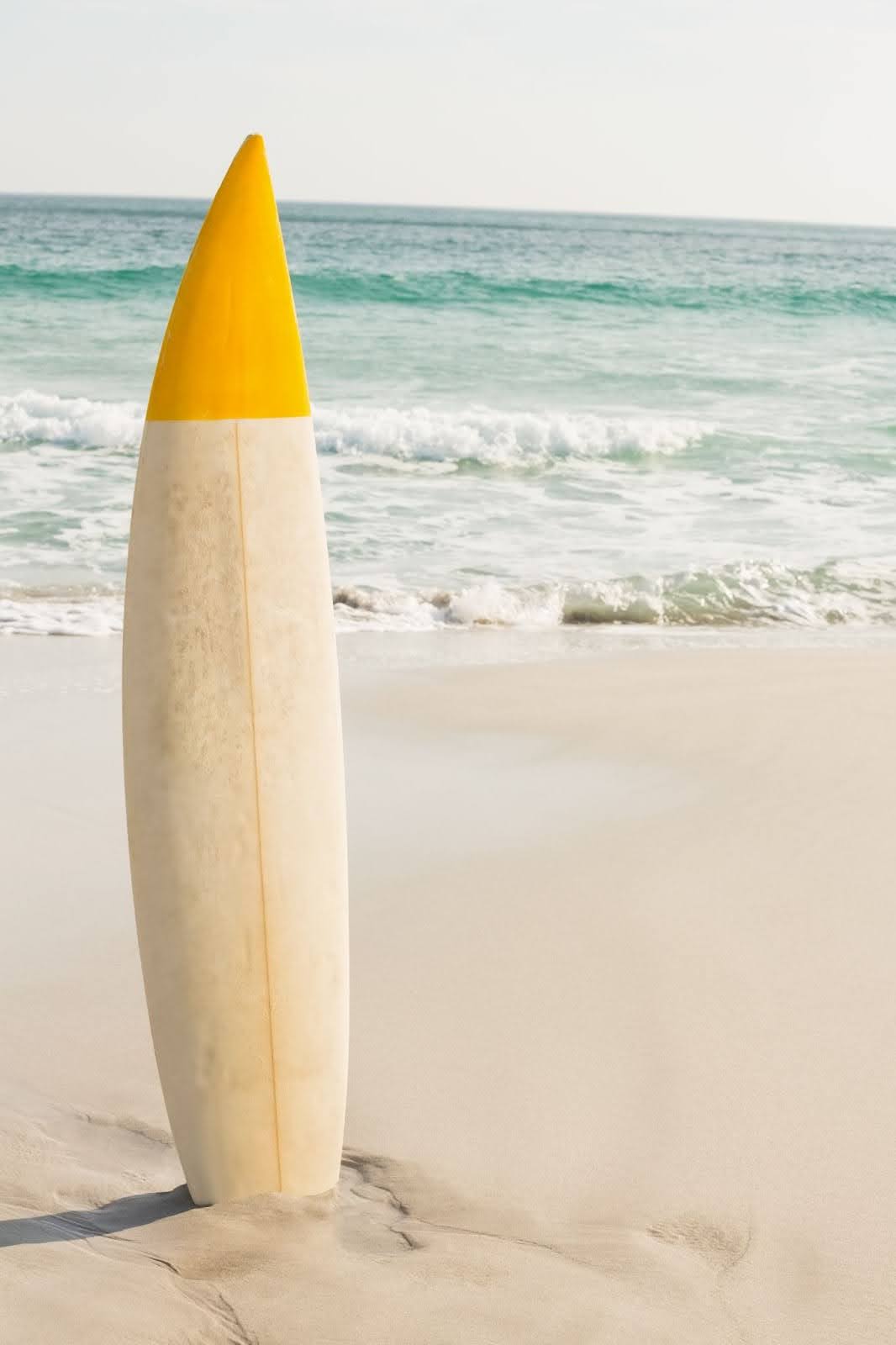Surfing is an exhilarating adventure that calls upon the rhythm of the ocean. In this captivating world, the surfboard becomes a trusted companion, guiding surfers through the dance between rider and wave. Whether you’re a seasoned pro conquering colossal waves or a beginner catching your first ripple, the surfboard holds the key to unlocking this thrilling experience.
The origins of surfing can be traced back to ancient Polynesian culture, where handcrafted wooden planks were initially used. These early surfboards were heavy and unwieldy compared to today’s sleek designs. As surfing spread across the Pacific and reached Hawaii, surfboard craftsmanship evolved.
Understanding Different Surf Board Types
Understanding different types of surfboards is necessary for every surfer looking for their ideal companion on their wave-riding adventures. Surfboards come in various shapes, sizes, and designs tailored to different styles of surfing, skill levels, and wave conditions.
Longboards: The Classic Cruisers
Longboards are known as classic cruisers in the surfing world. Ranging from 8 to 12 feet long, they provide stability and easy paddling. Longboards are perfect for beginners honing their skills because they offer ample surface area for stability while catching small waves or progressing from whitewater to Greenwave riding.
For novice surfers, longboards are the perfect entry point, providing a forgiving platform to master balance and wave reading. The smooth rides on a longboard return the pure essence of surfing and pay homage to the sport’s roots.
Shortboards: Precision Instruments for Advanced Riders
On the other end, shortboards are precision instruments designed for advanced surfers seeking high-performance maneuvers. Ranging from 5 to 7 feet in length, shortboards have narrow outlines, pointed noses, and sharp edges. These features allow surfers to execute quick turns, and aerial tricks and tackle challenging waves with steeper faces.
Shortboards demand higher skill and agility, making them the preferred choice for experienced surfers looking to push their limits. The responsiveness of these boards to subtle weight shifts and dynamic movements provides an exhilarating experience that allows surfers to express their creativity on the wave.
Surfboard Maintenance: Taking Care of Your Wave-Riding Companion
Just like musicians who care for their instruments, surfers must also prioritize the surfboard maintenance and upkeep of their surfboards. Regular maintenance not only ensures the longevity of the board but also guarantees optimal performance and a smooth ride. By following some simple practices, such as rinsing the board with fresh water after each use, promptly repairing any dings or scratches, and applying a coat of wax for better traction, surfers can ensure their surfboards remain in top shape.
Despite their resilient construction, surfboards are not invincible. Over time, they are bound to acquire dings, scratches, and other signs of wear and tear from countless wave-riding adventures. However, addressing these issues promptly is crucial in maintaining a reliable partner for future ocean sessions.

Here are some tips for effective surfboard maintenance:
- Rinse your surfboard thoroughly with fresh water to remove salt and sand.
- Pay special attention to areas like the leash plug, fins, and tail where sand accumulates.
- After each use, inspect your board carefully for any dings, cracks or punctures.
- Regularly apply a fresh coat of surf wax to maintain traction on the board.
- Adjust the resin based on water temperature to optimize grip.
- Avoid prolonged exposure to direct sunlight as it can damage the materials used in your board’s construction.
- When not in use, store your surfboard in a cool and dry place to prevent warping.
- Inspect your leash regularly for any signs of wear or fraying; replace it if necessary.
- Always ensure that your fins are securely attached and tighten any loose screws.
- Use a board bag when transporting or storing your surfboard for added protection.
- Periodically inspect your entire board for delamination or any signs of structural issues that may compromise its performance.
- When transporting your board on a vehicle, make sure to use a quality surfboard rack or bag.
- Secure the board with straps to prevent shifting or damage during transit.
- Apply a UV protectant to shield your board from the sun’s harmful rays, preserving its color and preventing material deterioration.
- Regularly assess the overall condition of your surfboard.
Summing it Up
As surfers enjoy the thrill of riding waves, their surfboards become more than just tools; they become extensions of their spirits. Whether gracefully gliding on a longboard, executing precision maneuvers on a shortboard, or enjoying the versatility of a funboard, surfers forge deep connections with their wave-riding companions in theexpanse of the ocean.
